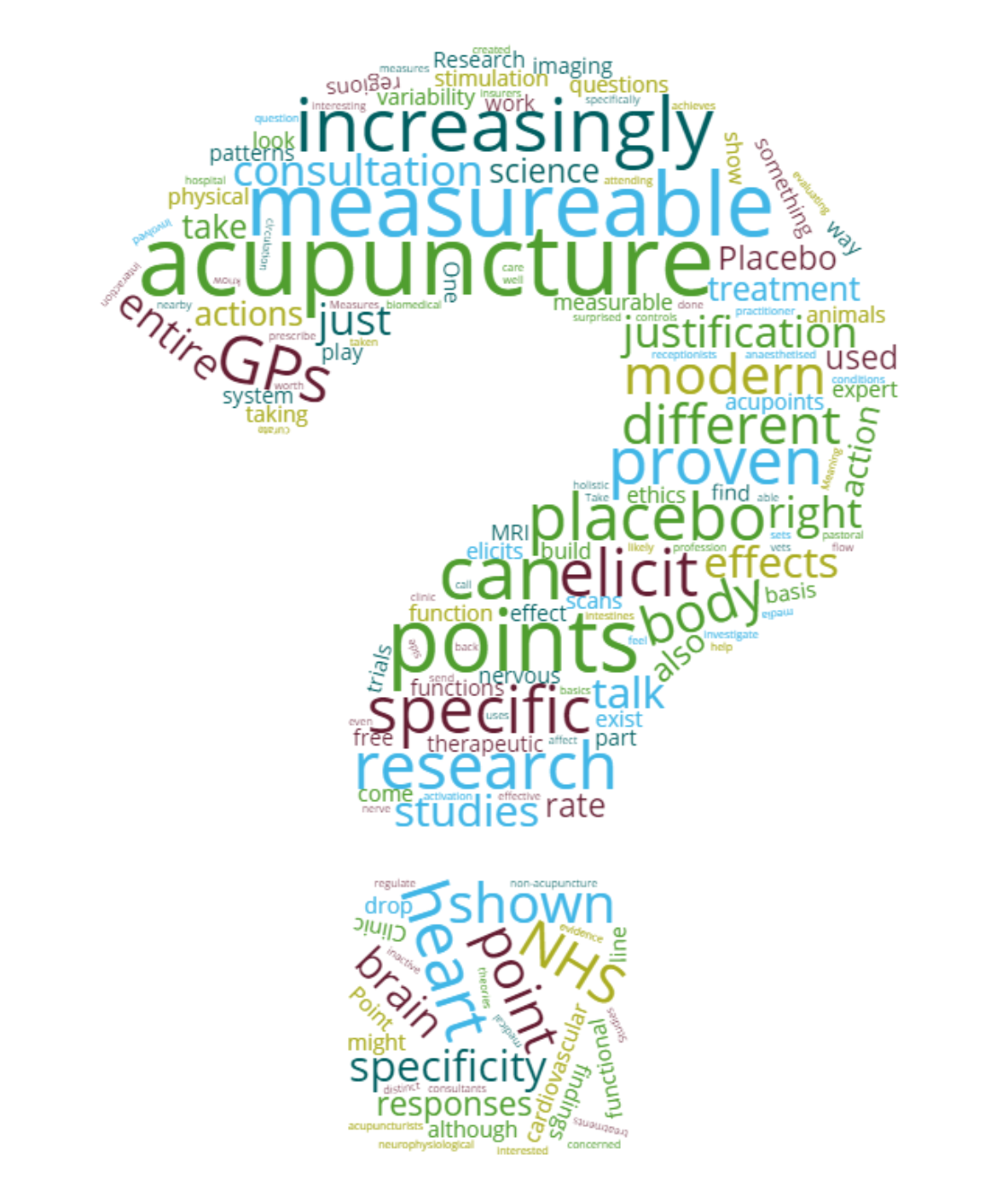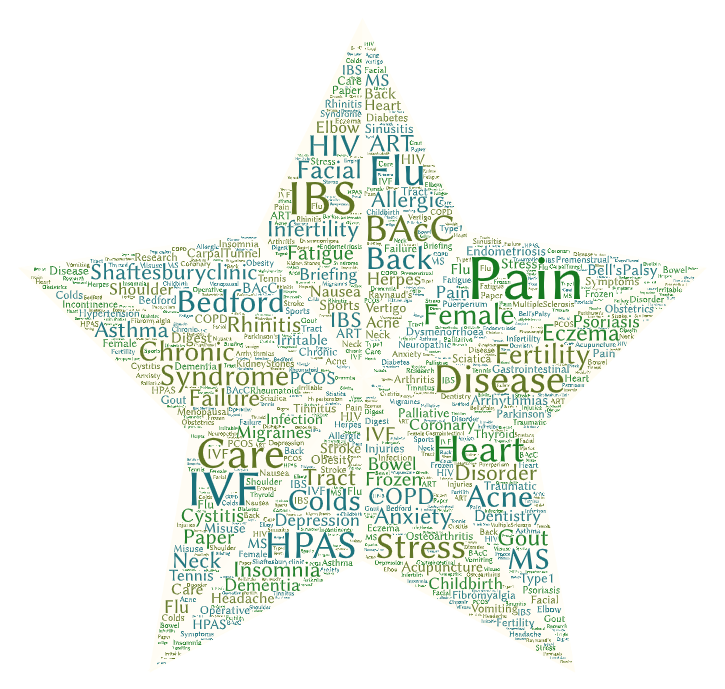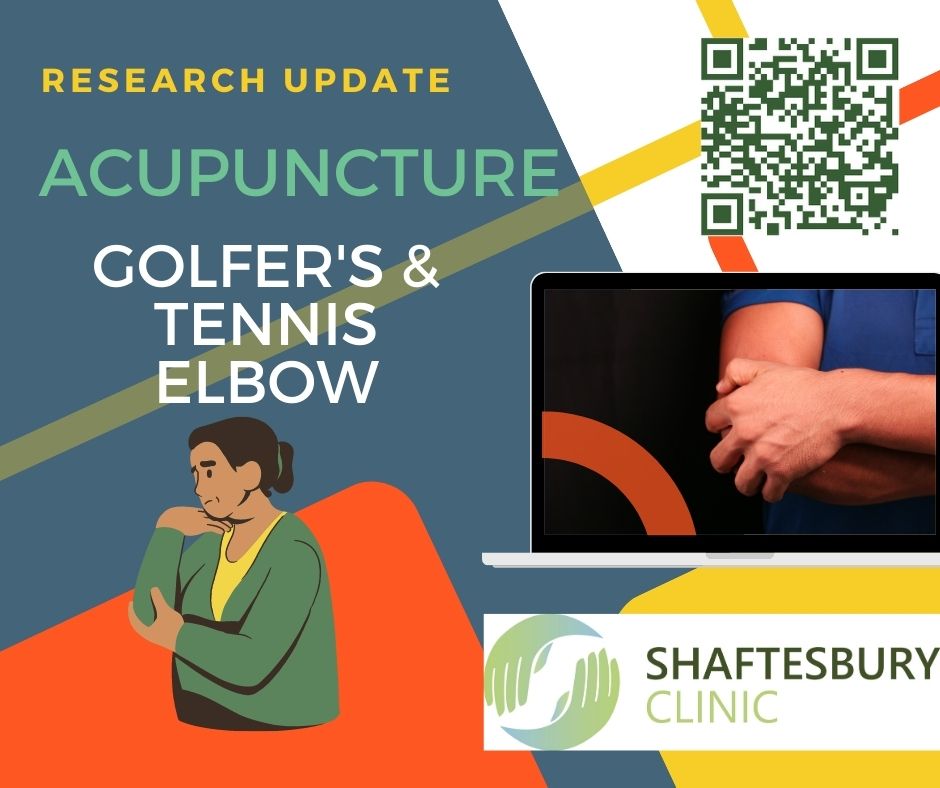Important to know: Chronic health conditions should be addressed under direct medical supervision of your GP or consultant, and acupuncture would be an adjunct or complement to usual care – we advise that you let you doctor know when you use this approach.
Approx. 15 in 1,000 people in UK suffer with acne, but for most, the exact cause is unknown.
Research and Resources on Acne and Acupuncture:
A scholarly search on “acne” + “acupuncture” reveals over 1,800 papers, and narrowing to Randomised Controlled Trials (RCT’s) reveals over 640 results (Google Scholar). This suggests that acupuncture is being used traditionally and currently in this area, and that it has been recognised there is a need to research it a scientific manner.
The British Acupuncture Council have produced an evidence-based factsheet on acne and acupuncture research, including details of the research studies done (link below) and you can also find and read the original research from this resource.
Any research articles referred to on this page (and on the BAcC helpsheets) are listed in full in the References section at the foot of the relevant page. Within the text, where studies are quoted as sources of the information being given, the first author’s name and the year of the paper is used (as authors usually have numerous publications), with the full title, journal, etc listed in the References section, in alphabetical order by Author surname to enable identifying and finding the original source paper.
About the research:
When reading health research, it is important to know that Systematic Reviews** or Meta Analyses of a large number of high-quality research studies are the very best way to be able to say to what extent a given treatment can address a condition, symptom, or set of symptoms. The next best level of evidence is the individual Randomised Controlled Study* (RCT) which uses a systematic technique to compare two or more groups of patients receiving different treatments (or a treatment against a “control”, or no treatment). In acupuncture trials, the nature of the control group is of particular interest as it is hard to blind a patient to whether they are having a needle inserted or not, and even more challenging to blind the researcher/team to this.
The means and quality of how research is carried out varies considerably from country to country, and in terms of how an intervention is compared to another intervention (or a control). Of note is the fact that “sham” acupuncture (where needles are placed in apparently inert locations rather than traditional acupuncture points) is not really an inert process as it has physiological effects, so that comparing sham and “true acupuncture” may therefore not give a clear picture alone; but and form a part of a research body where acupuncture versus no treatment, vs conventional treatment or vs a different approach/modality also form part of the evidence base.
The n= figure (where quoted in research) tells you how many people were participants in the study, and usually the larger a study (when it is of good quality and design), the more likely it is to be reliable and applicable to larger populations. When (statistical) “significance” is discussed in view of studies it has a very particular meaning – it is the confidence in the data (using statistical tests) that tells us how likely a result could have just come about by chance. The lower the possibility of a chance result, the more likely it is due to the intervention in the experiment. “p” is the number telling us of significance, and this must be under 5% (or p less than 0.05) to mean we can say it is a (statistically) “significant” result.
Regarding Your Individual Condition and Symptoms:
Whilst the scientific studies are of great interest to researchers and acupuncturists in terms of comparing protocols, for the patient not versed in research they are less accessible, which is why when we asked “can acupuncture work for my (condition or symptom) we are not able to give a simple yes or no response, we are able to tell you in the decades of experience we personally have at the clinic of the types of outcomes we have seen in similar cases, and give you an idea of our level of experience and knowledge in that area, which is why the research data do not tell the whole story and if you want to find out more specific information in how this could relate to your own individual situation, we recommend booking a free telephone consultation where we can answer any questions you have and give a realistic appraisal of what acupuncture may be able to provide.
Resources: British Acupuncture Council evidence based factsheet about acne including specific research, trials and mechanisms of action for acupuncture in this condition.




